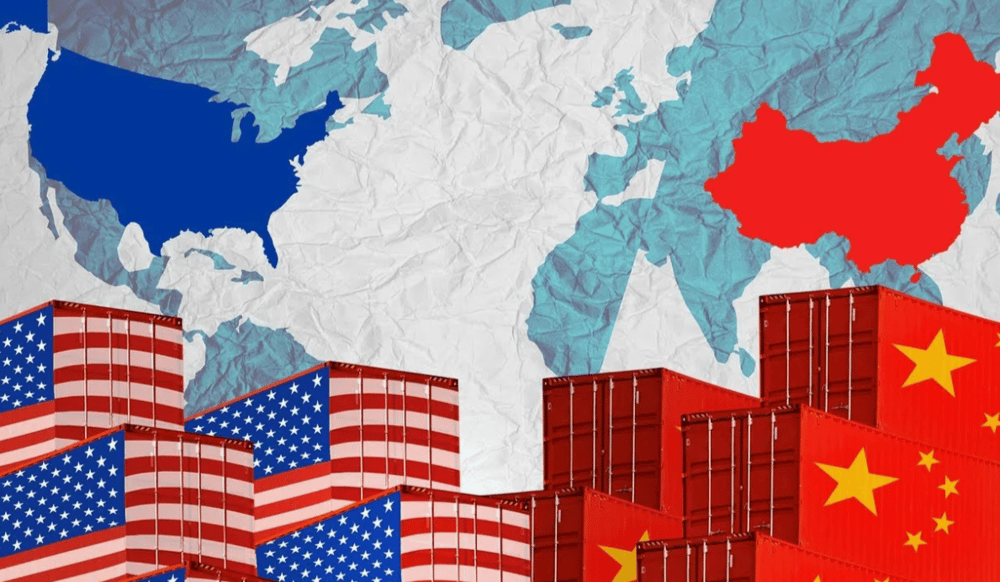South Korean K-Beauty Startups Expand into US Market Despite Tariff Challenges
Inspired by overwhelming online success in the United States, South Korean cosmetic startups are aggressively expanding their footprint in the world's largest consumer market. Despite facing tariff-related headwinds, these companies remain confident that the mass popularity of Korean beauty products, or “K-beauty,” will outweigh the economic impact of tariffs. Brands such as Tirtir, d'Alba, Torriden, and Beauty of Joseon are actively negotiating supply agreements with major US retail chains, signaling strong ambitions to capture a larger share of the lucrative American market.
K-Beauty’s Competitive Edge and Market Entry Amid Tariff Pressures
The growing demand for K-beauty in the US is underpinned by several strategic advantages. South Korean cosmetic products are renowned for their high quality, competitive pricing, and innovative marketing strategies. This trifecta positions them favorably against established Western brands, allowing startups to quickly gain consumer traction.
The US market, while vast, poses challenges related to trade tariffs imposed in recent years, particularly affecting imports priced in USD. However, these startups are leveraging the broader appeal of Korean culture—including K-pop, film, and television—to boost brand recognition and consumer loyalty overseas. This cultural synergy, often termed the “Korean Wave,” has significantly aided product acceptance and sales growth.
Despite tariff-related costs potentially increasing prices or squeezing profit margins, the startups’ optimistic outlook is based on the assumption that consumer enthusiasm and digital marketing prowess will sustain demand. Furthermore, discussions with major US retailers illustrate the serious intent and potential for scaling distribution channels.

Quick Facts: K-Beauty Expansion and Tariff Impact
South Korean startups like Tirtir, d'Alba, Torriden, and Beauty of Joseon negotiating with US retail chains
K-beauty products competitive in quality, price, and marketing effectiveness
Tariff impositions present economic headwinds for imports priced in USD
Popularity of Korean culture bolsters brand visibility and consumer demand
US market viewed as strategic despite tariff-related cost pressures
Market and Industry Reactions to K-Beauty US Expansion
The broader cosmetics industry and market analysts recognize the US expansion of K-beauty startups as a testament to the sector’s resilience and adaptability. While tariffs introduce a layer of complexity, the digital-first marketing strategies employed by these companies—especially through social media and influencer collaborations—help mitigate some cost pressures by directly engaging consumers.
Industry commentators suggest that tariffs may accelerate efforts to optimize supply chains, including exploring local manufacturing partnerships or alternate sourcing to reduce reliance on imports. Moreover, US retailers appear keen to diversify product offerings with popular international brands to meet evolving consumer preferences.
Despite the current geopolitical climate affecting global trade dynamics, the enduring strength of cultural exports and the consumer demand for innovative beauty solutions create a promising growth environment for K-beauty startups.

Key Takeaways
K-beauty startups expanding US presence despite tariff-related economic challenges.
Competitive product quality and pricing drive consumer interest and sales growth.
Korean cultural exports boost brand awareness and facilitate market entry.
Digital marketing strategies offset some tariff-induced cost pressures.
Potential supply chain adaptations may mitigate future tariff impact.
Strategic Significance of K-Beauty Market Expansion Amid USD Tariff Challenges
South Korean cosmetic startups’ determination to penetrate the US market amid tariffs underscores the strength and global appeal of K-beauty. This expansion reflects an important case of how cultural influence and innovative marketing can overcome economic barriers such as tariffs and currency fluctuations affecting the USD. The ability of these startups to secure partnerships with leading US retailers positions them well for sustainable growth. The ongoing trend exemplifies the increasing globalization of consumer markets and highlights the necessity for agile business models that can navigate complex trade environments.















Comments
This move reflects how deeply automation is embedded in the next wave of digital infrastructure